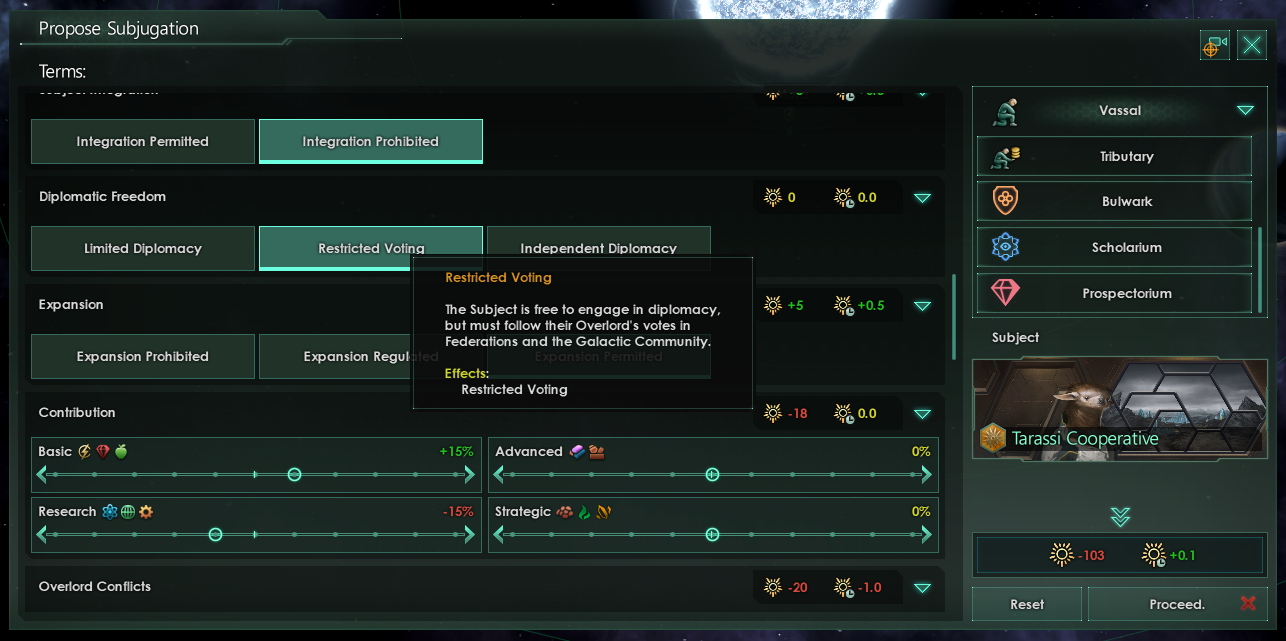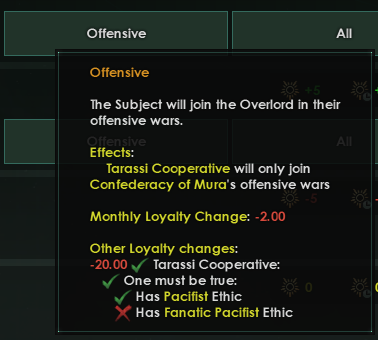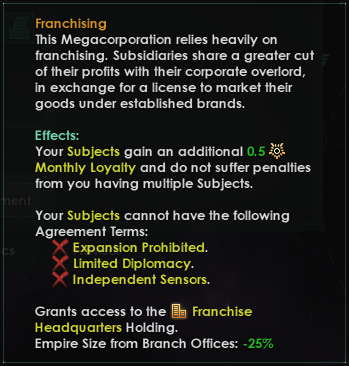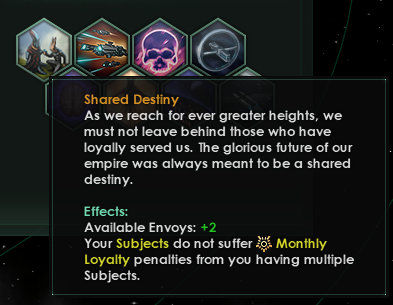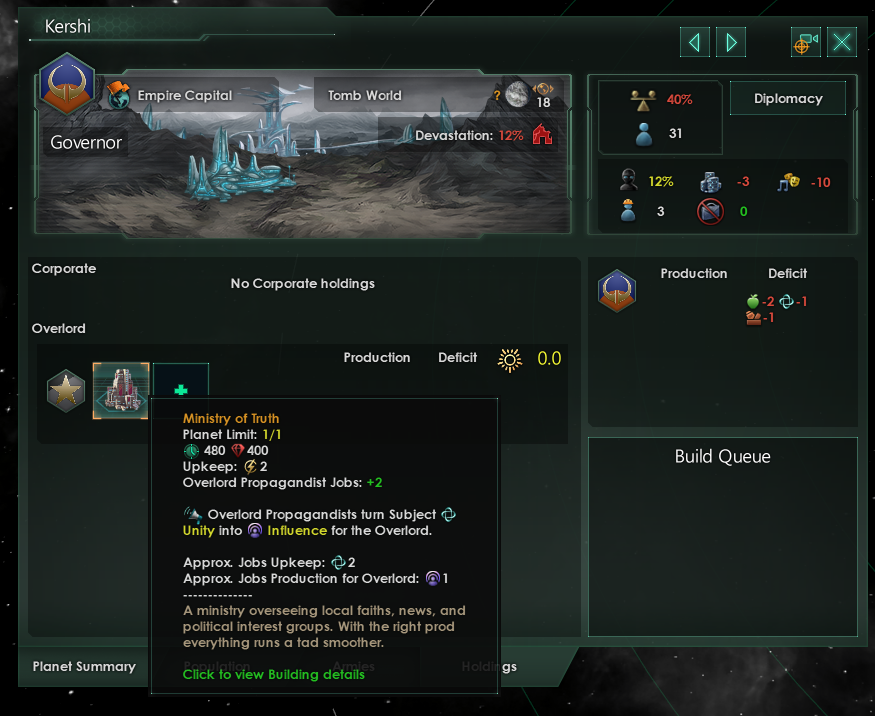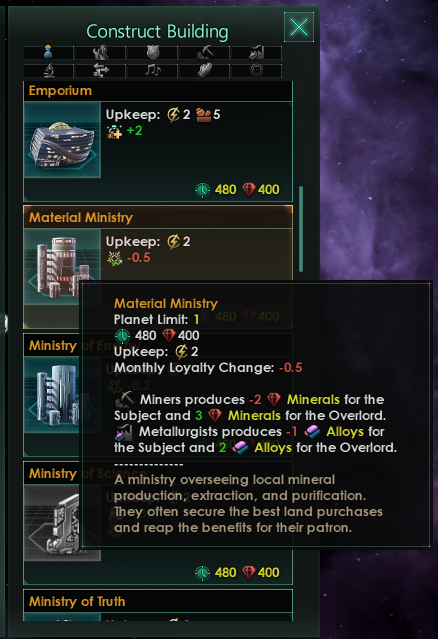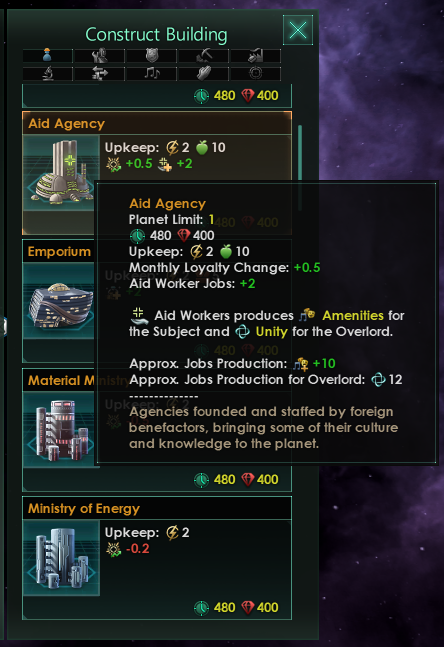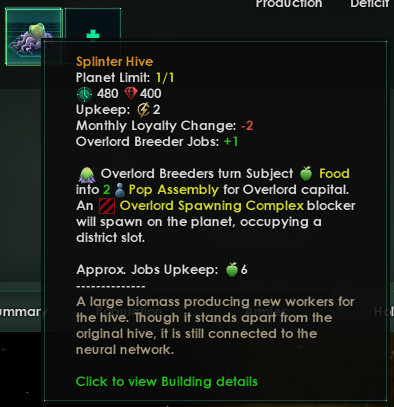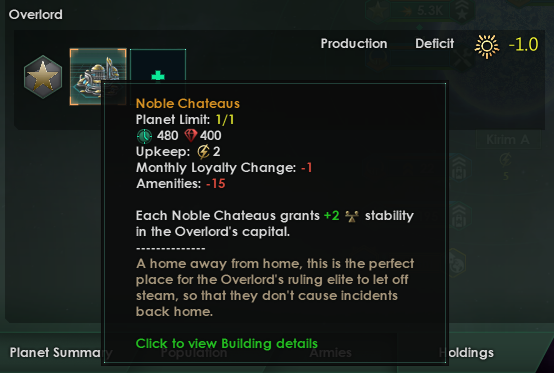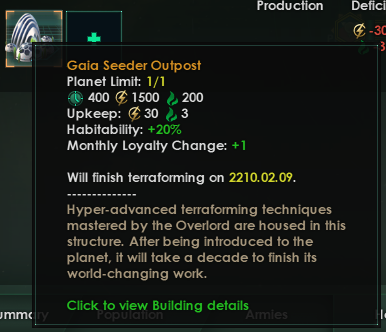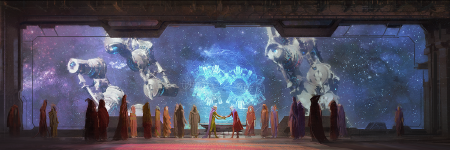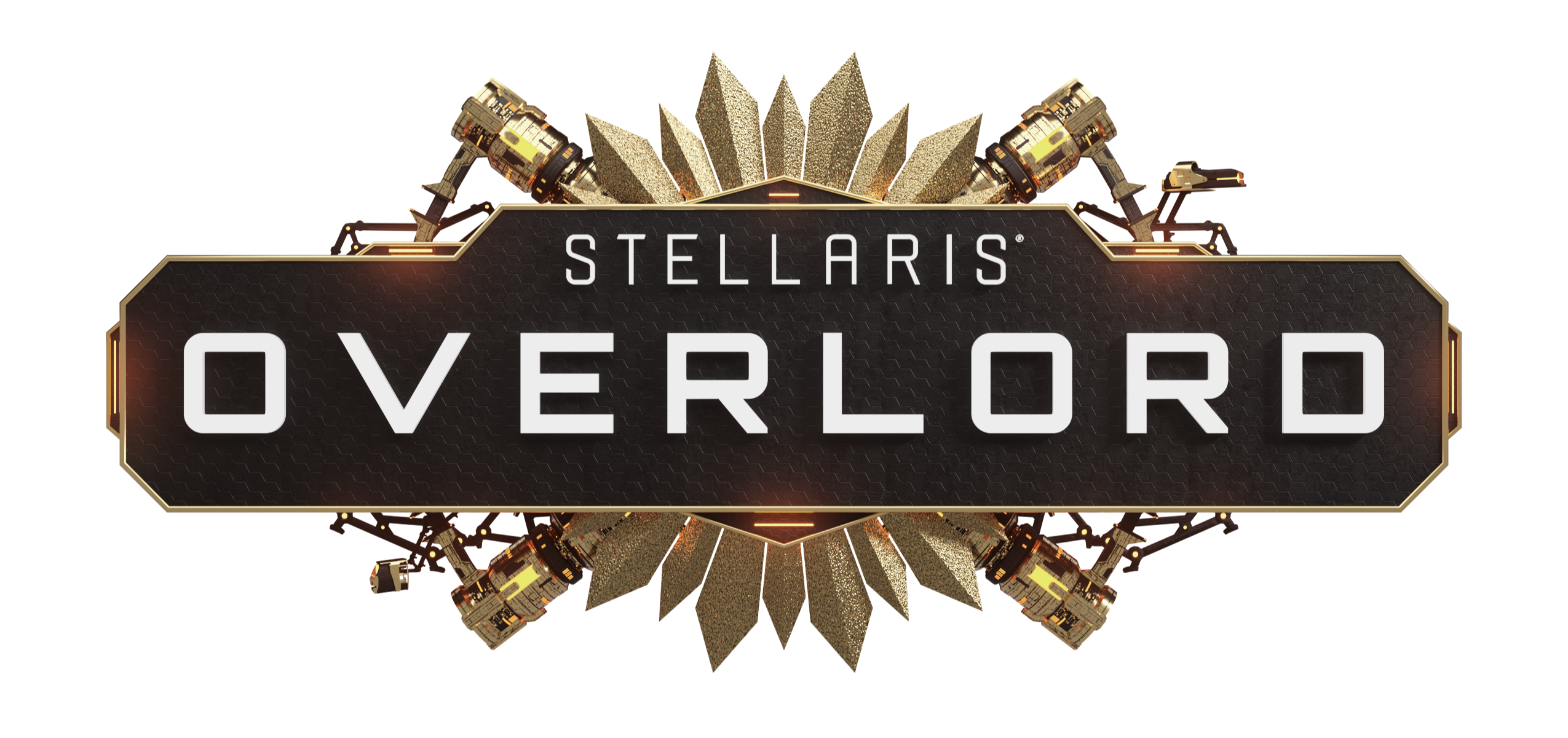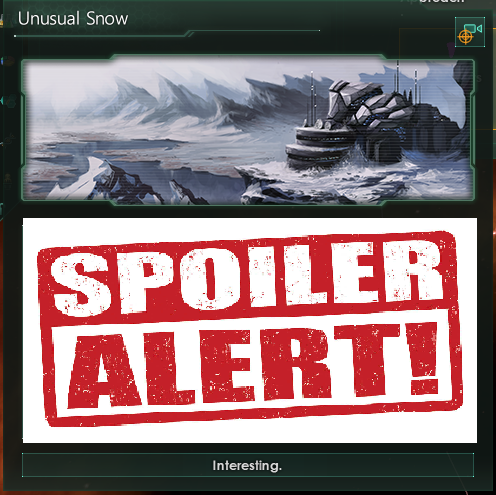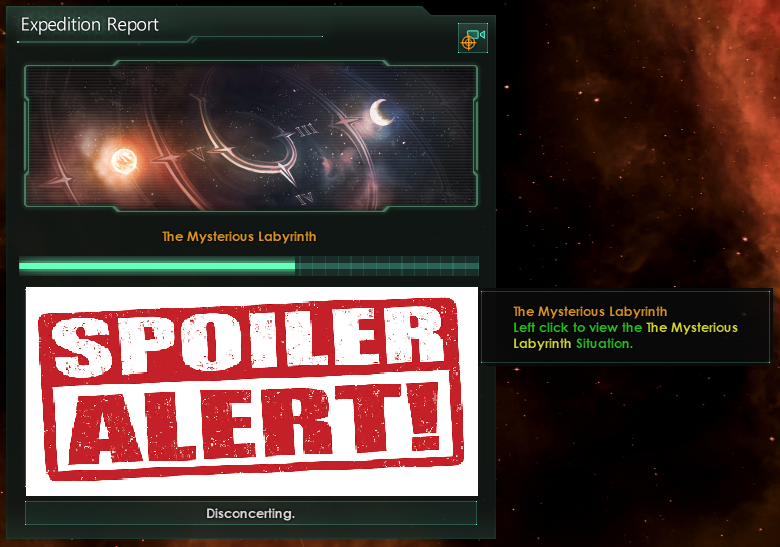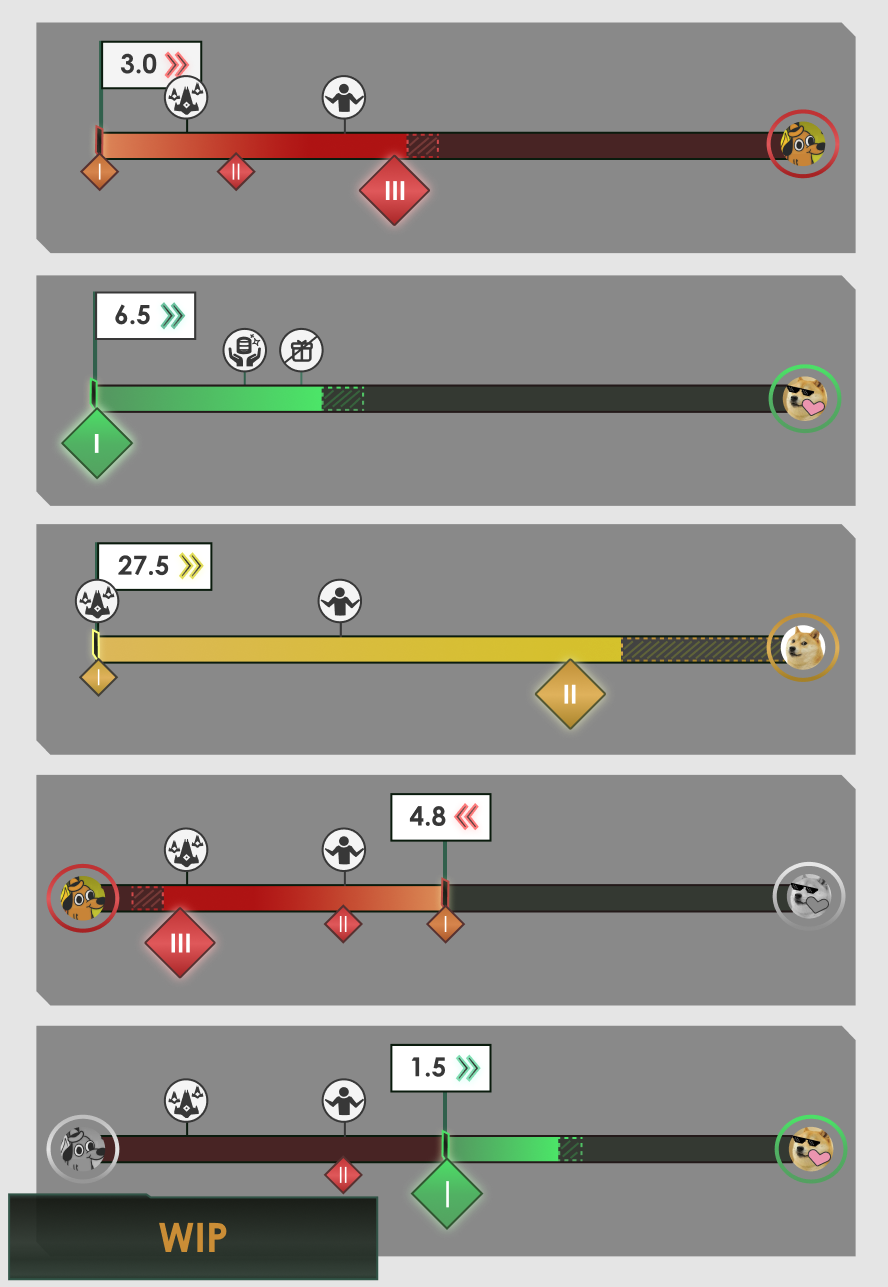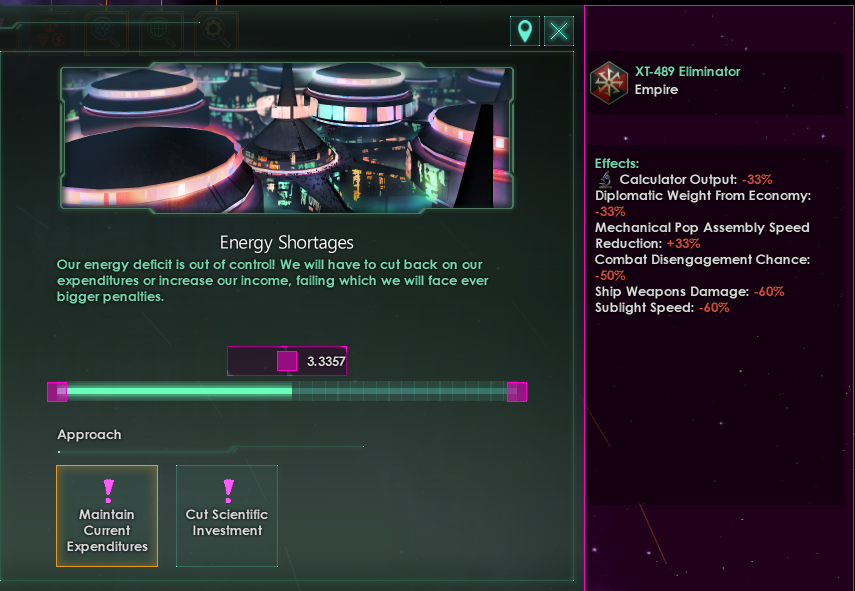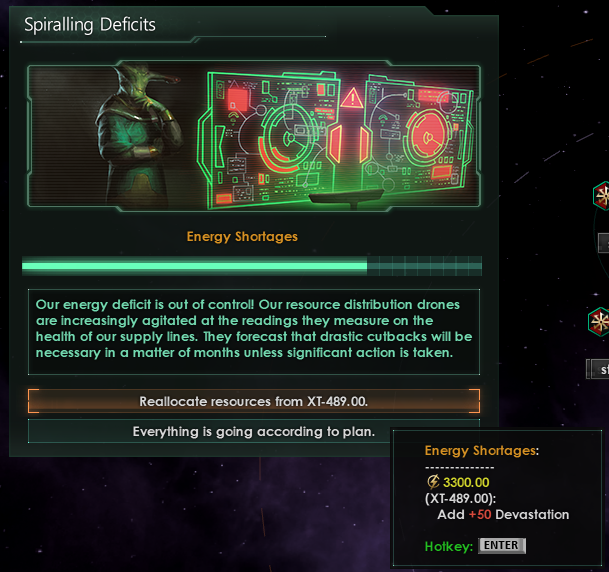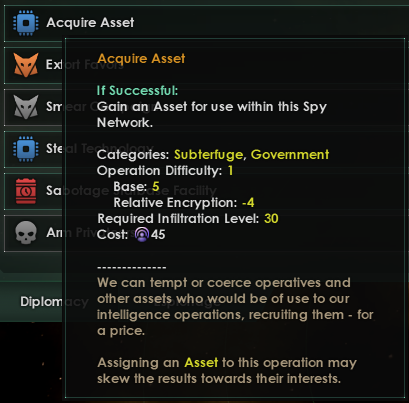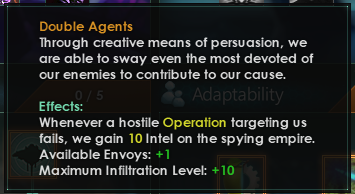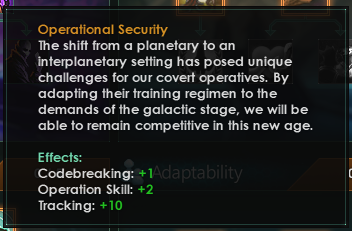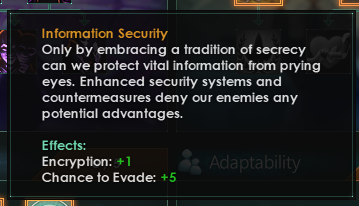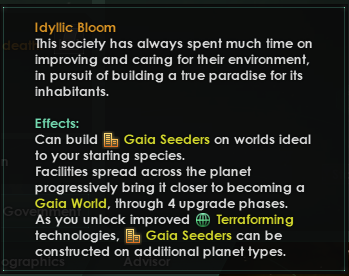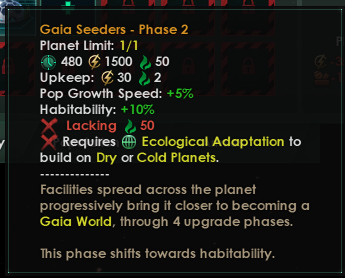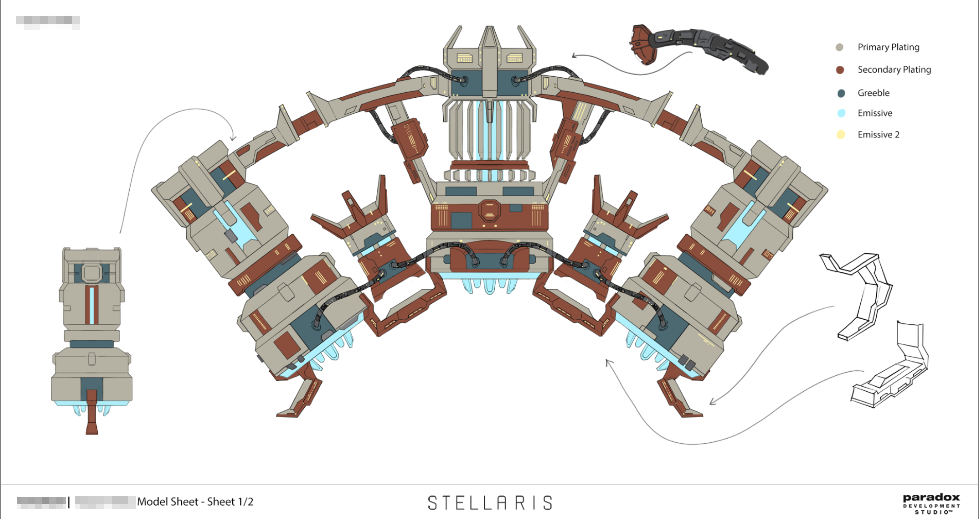
Mar 31, 2022
Stellaris - MrFreake_PDX

written by Eladrin
watch on the Stellaris Official YouTube channel
Hello again!
In last week’s dev diary, we discussed the basics of negotiating subjugation contracts and showed you some holdings. This week we’ll present Specialist Vassals and do a deep dive into the Prospectorium, reveal more holdings, and share the names of the five Origins that are coming in Overlord.
As with all previews, numbers, text, and so on are not quite final and are still subject to change.
Keeping Track of Your Agreements
We felt that it would be useful to have a centralized screen for keeping track of all of your subjects, and added a summary screen tab next off the Contacts panel.
The Agreements tab shows all of your vassals (or all of your overlord’s vassals if you’re a subject) and lets you examine the terms of the agreements. It also lets you know whether or not you’re taking full advantage of the number of holdings you could have, and lets you get more details on subsidies or tithes through tooltips of those terms.
It also provides you with a convenient way to go to the negotiations screen we showed you last week.
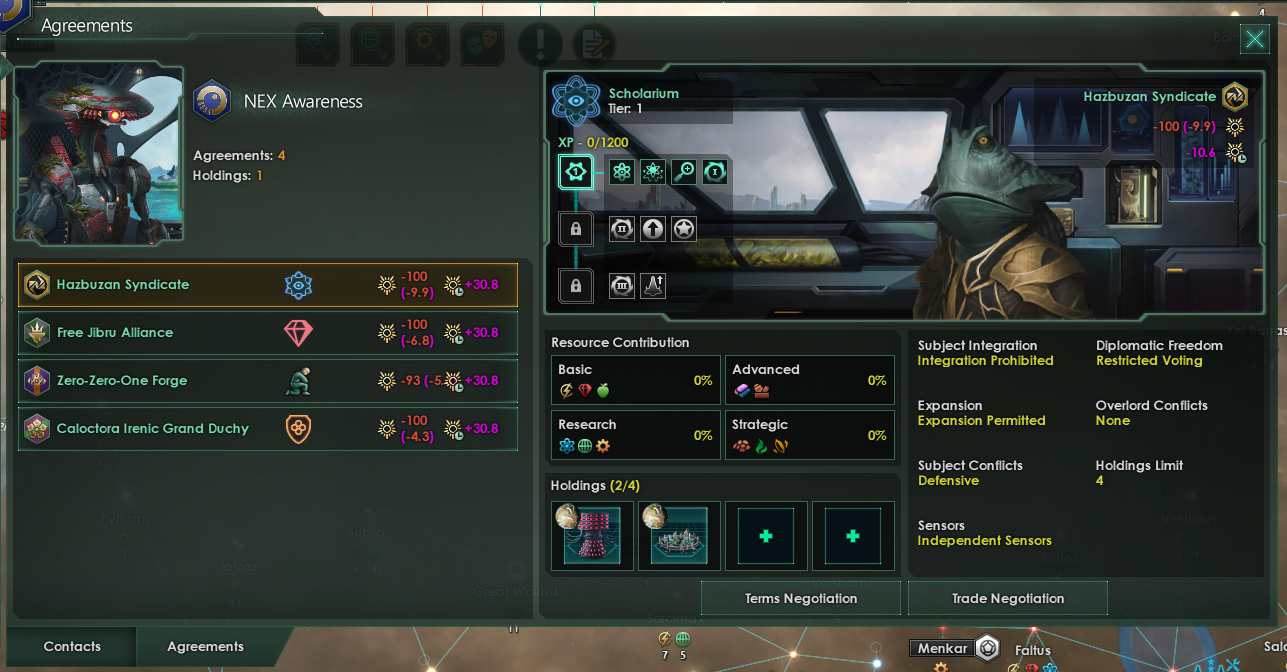
Work in progress - there’s still a bit of placeholder stuff.
Specialist Empires

Specialist Empires are an advanced form of subject contract that excel at certain tasks but are deficient in others.
We are introducing three Specialist Empire types in Overlord.
- The Bulwark: A bastion of defense that leaves basic resource acquisition to others.
- The Prospectorium: Excels at resource acquisition but has weaker research.
- The Scholarium: Specializes in research but relies on their allies for military support.
Similar to how Federations advance or degrade based on Cohesion, Specialist Empires improve based on loyalty, gaining additional perks and strengthening their bonuses and penalties as they level up through three tiers.
After negotiating a specialist agreement, it takes some time for the subject to convert into tier 1 of their specialty. This is based on their ethical compatibility with the specialist type and the empire size of the subject.
Several agreement terms are locked or have minimum values - a Bulwark contract, for example, must include basic resource subsidies from their overlord and a defensive pact from the subject, and the Prospectorium must provide a resource tithe to the overlord in exchange for research subsidies. These minimum terms ensure that at least some of their deficiencies are covered so they can thrive and fulfill their intended obligations to their overlord.
The Prospectorium
Let’s take a deeper look at the Norillga Citizen Compact. Our snailian friends are a tier 3 Prospectorium.

Prospectoria are all about resource acquisition, and this is reflected in their abilities and perks.
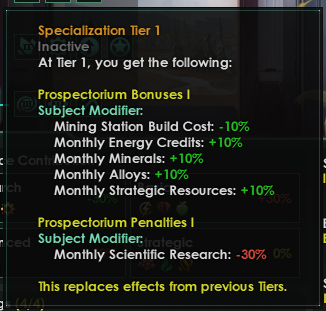
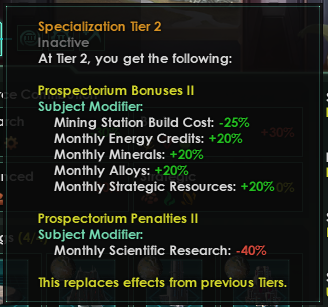
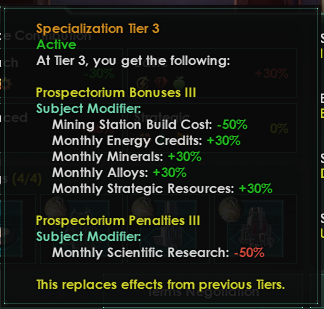
Even when they were just beginning, they had a large penalty to scientific research and a handful of production based bonuses. As they became more specialized, the magnitude of each increased.
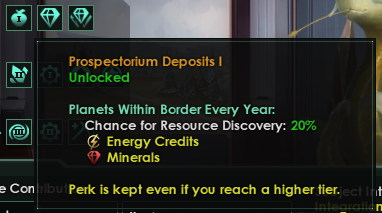

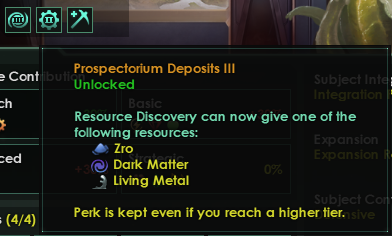
Prospectoria have a chance of discovering caches of resources or even new deposits each year, and the variety of things they can discover increases as they tier up. These discoveries produce a special project that must be exploited by a Construction Ship.
As might be expected, over time it’s helpful for them to have control of a reasonable area of space if you want them to keep finding things.
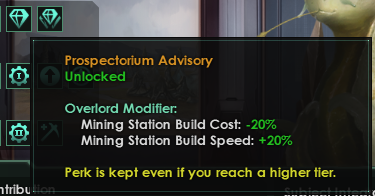
The overlord also gains a bonus for having at least one “advisor” of each specialist type. Having a dozen Prospectoria will not increase the Prospectorium Advisory benefit.
The third tier 1 perk, Prospectorium Supply, is tied to the Hyper Relay Network, so we’ll get back to that one in a future dev diary when we talk about that.

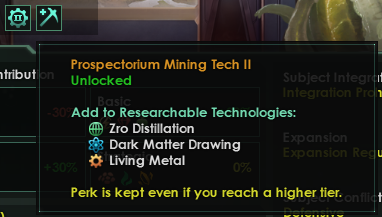
At tiers 2 and 3, Prospectoria gain several permanent research options that are of potential interest to them.
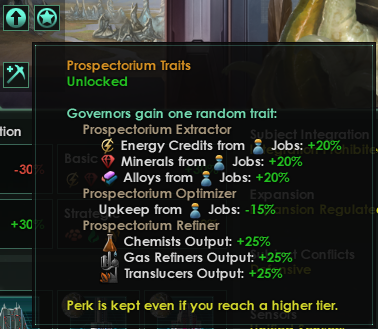
Their leaders, including those already employed by them, also gain some additional special traits. These are in addition to any other traits they may have…
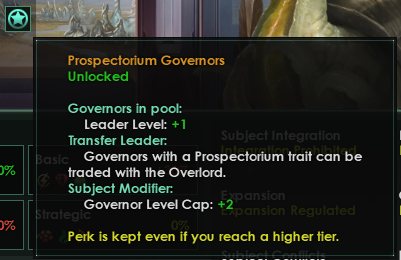
…and they can trade them to their overlord through diplomatic trade deals. Higher skill leaders are, of course, worth considerably more than new ones that just came out of the leader pool.
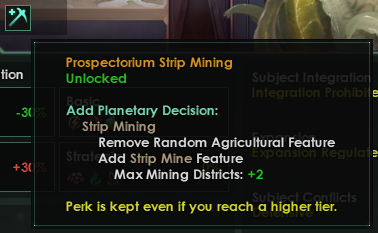
Their last Tier 3 perk lets them replace agricultural features with more mining districts, helping them feed the forges as they become industrial powerhouses.
Internally, we’ve found that Specialist Empires provide an interesting cooperative playstyle where multiple empires can work together to cover for each other's deficiencies.
Holdings, Part Two
A question that came up many times last week related to deprioritizing Overlord jobs from holdings. Any of these that provide benefits for the overlord behave like Criminal jobs and cannot be deprioritized. Specific numbers on them are also still subject to balancing and change.
This week we’ll start with a mostly beneficial holding.
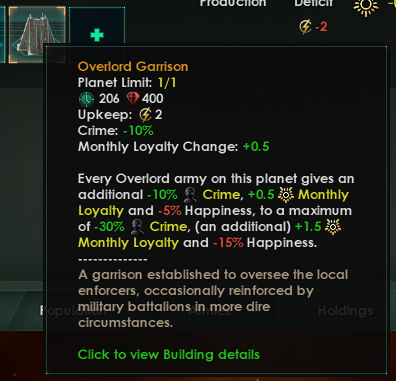
With the Overlord Garrison, you can help your subjects if they’re having problems with crime. Having a strong military presence on your worlds forces loyalty, but the populace of the planet might not be quite as happy about the occupying presence.
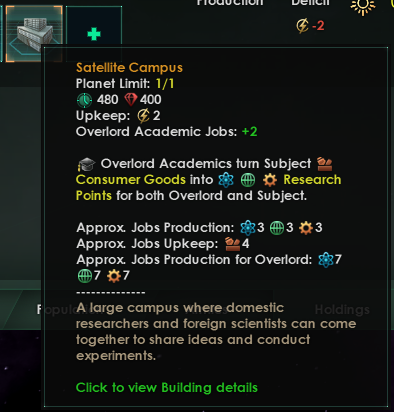
The Satellite Campus holding produces research for both overlord and subject, paid for by the subject. If the planet owner is gestalt, these will consume energy or minerals as appropriate rather than consumer goods.
This week’s civic and origin based holding previews are all about spreading the defining traits of your civilization to your subjects.
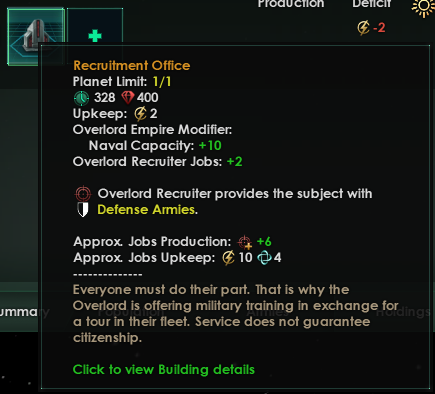
Overlords with the Citizen Service civic can build Recruitment Offices to spread their message of patriotic service to their subjects.
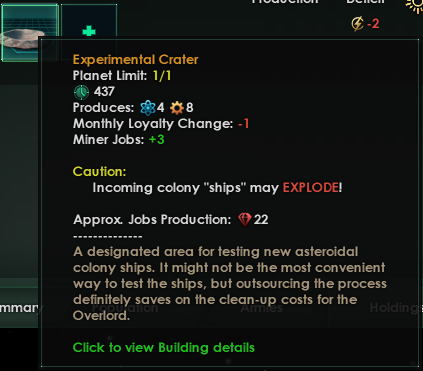
Zero cost, zero upkeep, free science! No real downside!
The Experimental Crater is unlocked by the Calamitous Birth origin, and allows the lithoid overlord to “test” asteroid colony ship designs by hurling them at a convenient space on their subject’s planet. They usually don’t miss the test site.
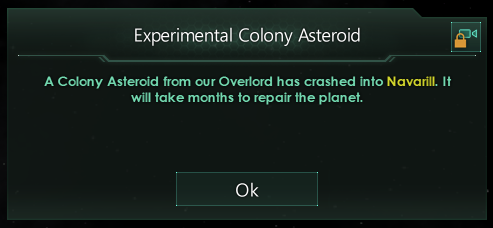
Except for when they do.
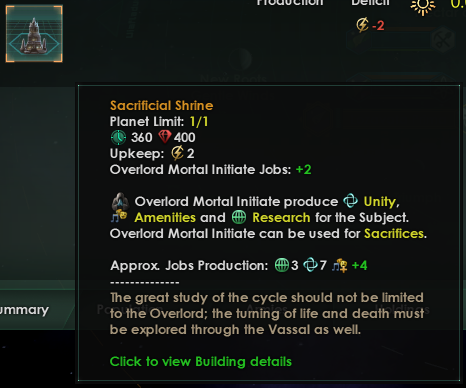
And just as the lithoids can spread their love of explosions to their subjects, the subjects of Death Cults can enjoy the same right to become Mortal Initiates that their own citizens can. As is right, they get to partake in some of the benefits of the sacrifice.
Last week I promised one machine holding, but I’ll share two instead.
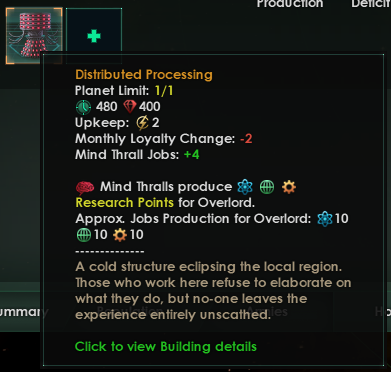
The first is a bit of a mean one, with four jobs that produce research for the overlord. Organic brains aren’t very efficient or orderly though, to be honest.
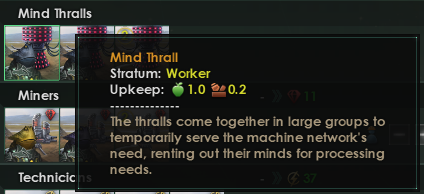
“Mind Thralls” sounds like a great job, right?
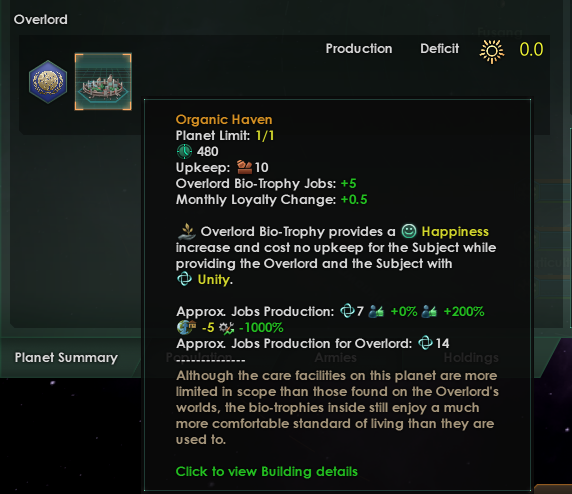
More benevolent machines (specifically Rogue Servitors) can instead give their subjects a taste of what awaits them should they allow full integration. Hive-minded pops don’t quite understand what’s going on, but find the experience quite novel.
New Beginnings
We revealed the icons for the Origins in the Overlord Announcement diary, but now it’s time to attach names to them.
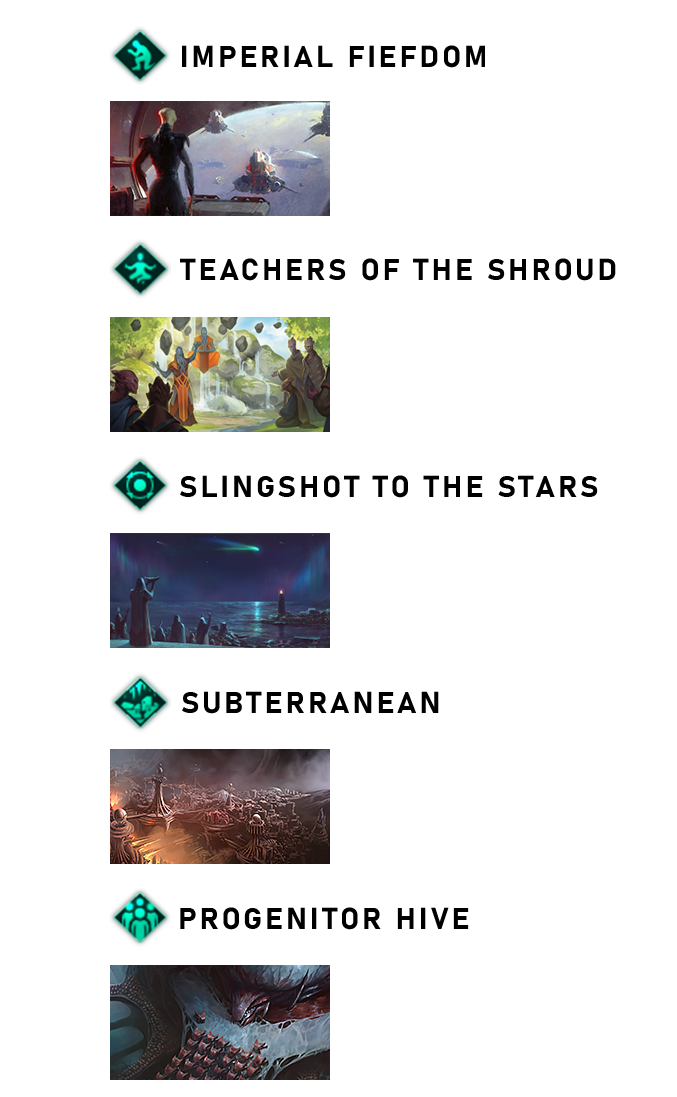
Each week one of these will be previewed in detail by one of our friends in the community, with summarized details included in that week’s dev diaries.
Next Week
Next week we’ll be visiting the new Enclaves in Overlord, looking at the Bulwark, revealing even more holdings, and maybe even an Ascension Perk.
Don’t forget that we have video versions of these dev diaries on the Stellaris Official YouTube Channel. Subscribe so you don’t miss them, and wishlist Overlord if you haven’t already!






